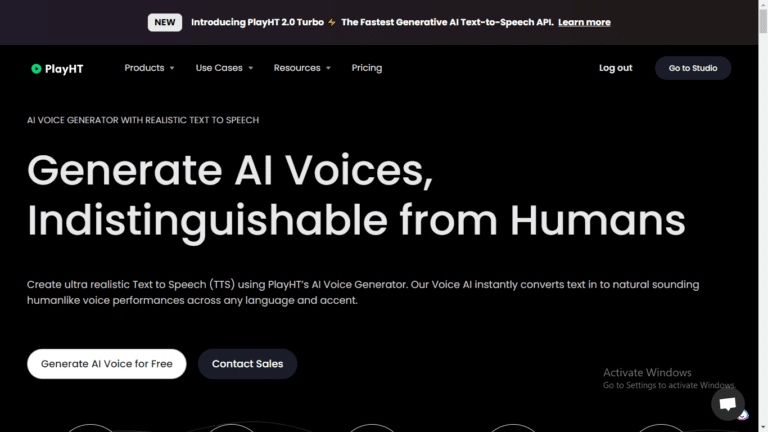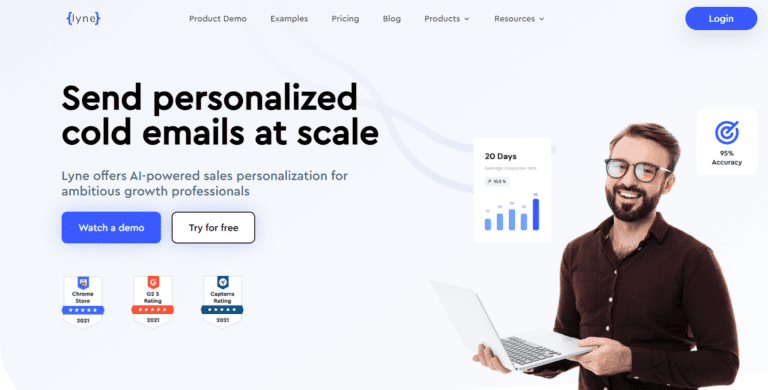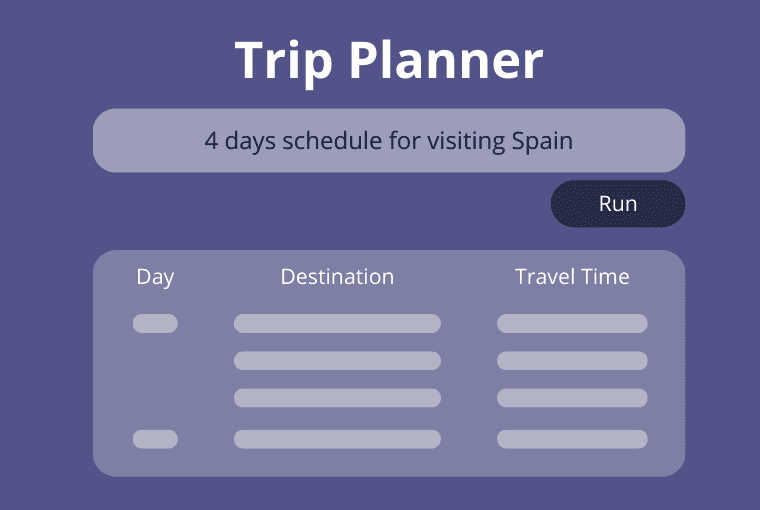In the information age, Artificial Intelligence (AI) has become a potent tool for understanding vast amounts of data.
From identifying patterns in customer behavior to discovering medical insights, AI is changing how knowledge is created and used.
But what happens when AI reads everything?
What opportunities come from harnessing a technology that can quickly ingest entire encyclopedias and formulate impressive conclusions from that data?
In this blog post, we explore the possibilities opened up by AI reading vast swaths of text — unlocking otherwise unknown doors into many aspects of our lives.
Read along to find out what happens when AI reads everything.
Table of Contents
- Potential Benefits of AI Reading Everything – Increased Efficiency, Innovation, and Accessibility
- Potential Risks of AI Reading Everything – Data Privacy and Security, Unintended Consequences
- Ways to Manage the Risks of AI Reading Everything – Regulations, Education, and Research
- Examples of How AI is Being Used to Read Text in Different Areas – Businesses, Government and Education
- The Future of AI Reading Everything – Where We’re Headed and Its Implications on Society
- Wrapping Up – what happens when AI reads everything
Potential Benefits of AI Reading Everything – Increased Efficiency, Innovation, and Accessibility
One of the most apparent benefits of AI reading everything is the increase in efficiency.
AI algorithms can work tirelessly, reading through vast volumes of text in a fraction of the time it would take a human.
This allows for rapid analysis of large datasets, leading to quicker decision-making processes across various fields such as business, healthcare, and research.
The innovation potential is another critical benefit.
AI’s capacity to identify patterns and connections in data that humans might miss could lead to discoveries and insights.
These could range from uncovering hidden trends in consumer behavior to finding novel solutions for complex scientific problems.
Finally, AI reading everything can make information more accessible.
AI can distill complex, technical documents into more straightforward, more understandable language, making knowledge more democratic.
In addition, AI can process and analyze data from sources inaccessible or unreadable to humans, such as ancient texts or documents in foreign languages, making previously unattainable information available to a broad audience.
In conclusion, AI’s ability to read everything presents many benefits, including increased efficiency, innovation, and accessibility.
The potential of this technology is boundless and could revolutionize how we understand and interact with the world around us.
Potential Risks of AI Reading Everything – Data Privacy and Security, Unintended Consequences

While the benefits of AI reading everything are immense, this capability also brings significant risks, particularly in data privacy and security.
For AI to read everything, it must have access to everything, which could potentially expose sensitive information to security breaches or misuse.
AI systems could be targeted by hackers seeking to exploit this rich source of data, leading to serious privacy infringements.
In addition to security concerns, there are potential unintended consequences.
AI systems, for instance, might misunderstand or misinterpret information, leading to flawed conclusions.
Furthermore, relying on AI for reading and interpreting information could devalue human analysis and critical thinking skills.
Thus, as we harness the power of AI reading everything, it’s critical to be mindful of these potential risks and to develop strategies to mitigate them.
Ways to Manage the Risks of AI Reading Everything – Regulations, Education, and Research
Establishing robust regulations to manage the risks associated with AI reading everything effectively is essential.
By implementing stringent data privacy laws and promoting ethical AI practices, we can ensure that AI systems respect user privacy and do not misuse sensitive information.
On the educational front, fostering a deeper understanding of AI and its implications among the general public and professionals can help them make more informed decisions regarding its use.
This can be accomplished through workshops, seminars, and AI and data privacy courses. Lastly, continuous research is crucial to improve AI systems and their security measures further.
By investigating new AI technologies and methodologies, we can develop more secure, efficient, and responsible AI systems that can read vast amounts of data without compromising privacy or security.
Furthermore, research can help us understand the long-term implications of AI reading everything, enabling us to anticipate and mitigate potential risks before they materialize.
This tips will help with what happens when AI reads everything.
Examples of How AI is Being Used to Read Text in Different Areas – Businesses, Government and Education
Companies leverage AI to read and interpret customer feedback and online reviews in the business sector.
The technology helps them identify trends, understand customer sentiment, and make data-informed decisions to enhance services and products.
For instance, retail giant Amazon uses AI to sift through product reviews and ratings, enabling it to provide personalized recommendations to its customers.
In government, AI is increasingly used to analyze vast volumes of legislation, policy documents, and public feedback.
This allows for more efficient policy-making and public service delivery.
For instance, the UK government has been using AI to read and analyze legal documents and contracts, helping to streamline processes and reduce manual labor.
In education, AI is employed to read and grade student essays and provide personalized feedback.
This helps educators cater to students’ individual needs and enhances teaching efficacy.
For example, EdTech companies like Turnitin use AI to read student papers, check for plagiarism, and even provide suggestions for improvement.
This eases the teacher’s workload and gives students immediate, constructive feedback.
The Future of AI Reading Everything – Where We’re Headed and Its Implications on Society

As we look towards the future, the role of AI in reading everything will likely continue to expand, with far-reaching implications for society.
AI holds the potential to revolutionize sectors like healthcare, where it could analyze medical reports to advise diagnoses or treatments, and journalism, where it could sift through copious data to report on significant trends.
However, this increasingly pervasive use of AI raises critical ethical and societal questions.
For instance, will AI’s ability to read and interpret everything leads to a loss of privacy?
Could it foster a dependence on machines at the cost of human analytical skills?
As AI’s role in reading expands, it’s crucial for societal norms and regulations to evolve concurrently, ensuring that this technology’s immense potential is harnessed responsibly.
The dialogue on balancing AI’s benefits against its potential risks must continue, involving a broad spectrum of stakeholders, including legislators, technologists, educators, and the general public.
Only through this ongoing, collective effort can we navigate towards a future where AI enriches our lives without compromising our values.
These are the implications of what happens when AI reads everything.
Wrapping Up – what happens when AI reads everything
In conclusion, AI has vast potential to read everything, from enhancing business efficiency to revolutionizing education.
However, it does not come without risks, notably in data privacy and security.
As we continue integrating AI into various domains, it is crucial to adopt robust regulations, enhance public understanding of AI, and pursue ongoing research to safeguard against potential risks.
The future of AI reading everything holds promise and challenges alike, and the journey forward must be marked by continuous, collaborative efforts across various sectors to ensure the balanced and responsible use of this transformative technology.
Hopefully, you understand what happens when AI reads everything after reading this.





